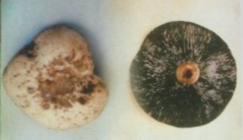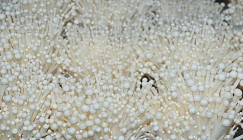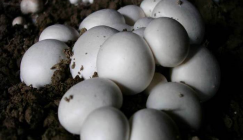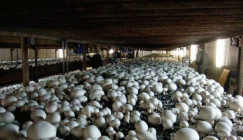In spite of that Oyster mushroom holds strong resistance to sundry fungus contamination, the widespread adoption on raw-material cultivation brings about sundry fungi which massively propagate under high-temperature, high-humidity, partial acid or poorly-ventilated circumstances, which directly and dramatically leads to the reduction in production or final output.
Common mischievous sundry fungi refer to Blue Mold, Trichoderma, Mucor, Rhizopus and others. Mushroom farmers have to adopt comprehensive control measures to thoroughly eliminate them.
The efficient one is to cultivate Oyster mushrooms and sow in due time. Low temperature makes no contribution to the growth of mould, hence you choose to sow under low temperature. The spring sowing period could be moderately brought forward and the autumn period could be properly delayed. Theoretically, the optimal temperature on the spawn growth of Oyster mushroom is 25 degrees, which reveals proper substrate sterilization. However, in raw material cultivation, it is needful to avoid the suitable growth period on mould (Generally in 25-30 degrees). Practice has proven that the spawns of Oyster mushroom grow fast in under 20 degrees, the sowing is therefore indicated safe.

 LATEST NEWS
LATEST NEWS

 MOST POPULAR
MOST POPULAR




